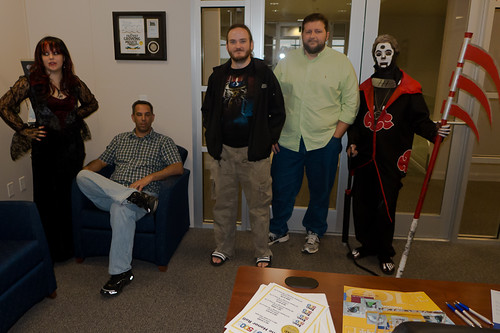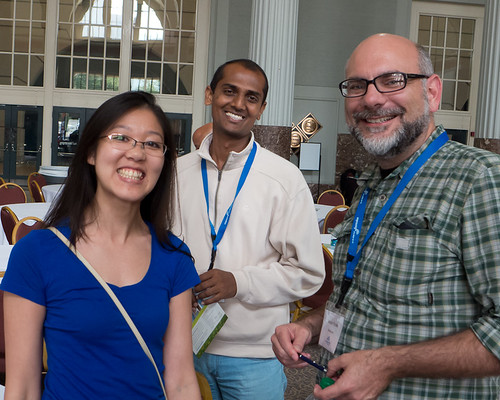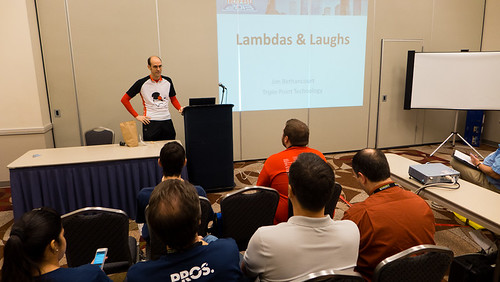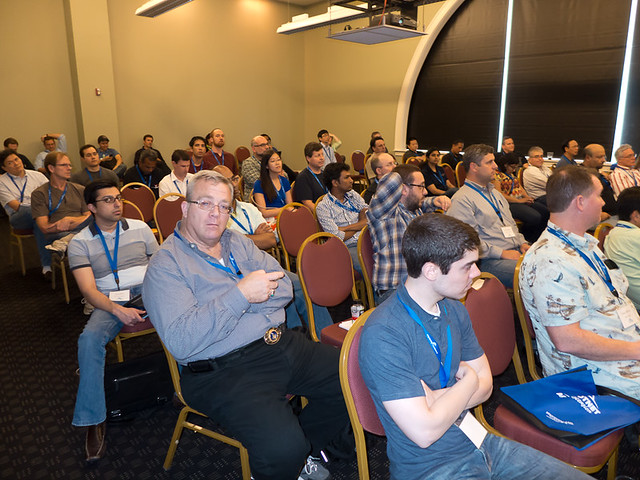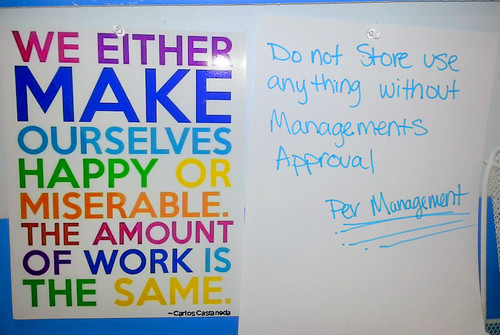Agile frameworks are sets of rules. To become Agile, an organization or a team learns these rules, tries to understand what the rules mean, and executes according to the rules. Not necessarily in that particular order.
Good teams learn rules quickly and follow the rules well. Or do they?
Agile philosophy is all about learning, gathering information and feedback, making small changes, and gathering feedback again. As teams mature and understand the philosophy of being Agile, a rule may get re-assessed, adjusted, and sometimes even completely disregarded. The team will consider the outcome, and either go back to the previous version of the rule, stick with the updated rule, or make another change based on new learnings.
Consider this example, discussed by Mike Cohn: standard Agile rule recommends that the team works on backlog items in the order set by Product Owner. But depending on the technical details of the project, the team may be able to maximize delivered value if it is allowed to do minor adjustments to the order of stories.
Another standard Agile rule that is often broken is to use collocated teams only. This rule is often not followed due to business constraints, and in those cases breaking this particular rule can and often does lead to serious problems. However, more mature Agile teams that choose to let some members work remotely part of the time, can stay productive and perform on par with completely collocated teams. Being able to occasionally work from home helps people concentrate, allows to save time on the commute, and overall improves enjoyment and morale of the team, which promotes better productivity.
Rules of the Agile frameworks are designed to help teams create a situation that encourages learning, taking responsibility, and enjoy their work. Teams that have developed a deep understanding of the reasons behind the Agile rules, should be allowed and encouraged to modify the rules to fit the details of their physical environment, particular complexities of the project, and organizational specifics. A mature self-managed Agile team can be trusted to develop their own rules for best performance.





